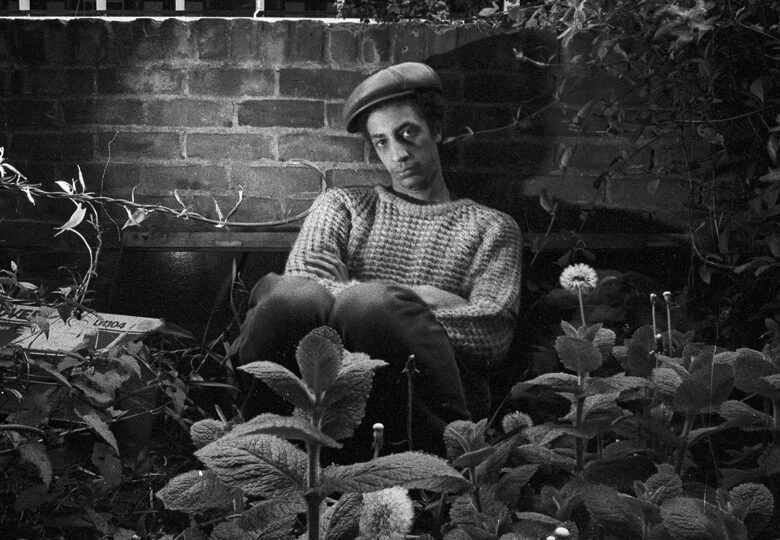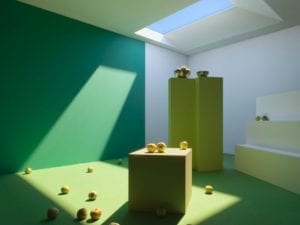In the 1970s and 1980s, Russell Newell photographed life on Peckham’s estates in southeast London, documenting its many characters and constituents. Many of his negatives, taken between the ages of 12 and 20, have remained unseen for the past 40 years. Now, the artist is working with Autograph to share the work publicly for the first time in an online gallery. This recognition is decades in the making and a vital contribution to Britain’s history. Autograph Director Mark Sealy aptly describes it as more than “just an observation of his surroundings, it’s a radical act of understanding his identity and community.”
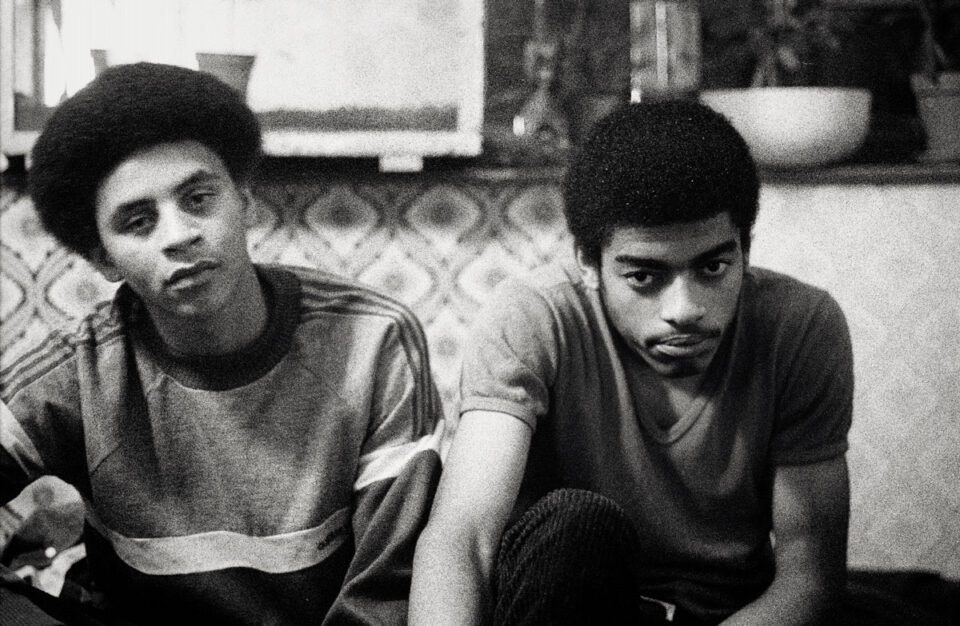
The artist was born in Peckham in 1965, moving to Kent for much of his early childhood before returning to the London borough permanently when he was 11. It was here that his love for photography emerged. He describes: “I was at the house of a wealthy kid I knew who lived in Camberwell and he showed me his SLR. The minute I held it in my hands I knew I wanted one, so I nagged my mother to buy me a secondhand Zenith B for my 12th birthday.” It would prove to be a defining moment in the young boy’s life and – armed with a library book on technique – he took to the local streets to chronicle its people, places and culture.
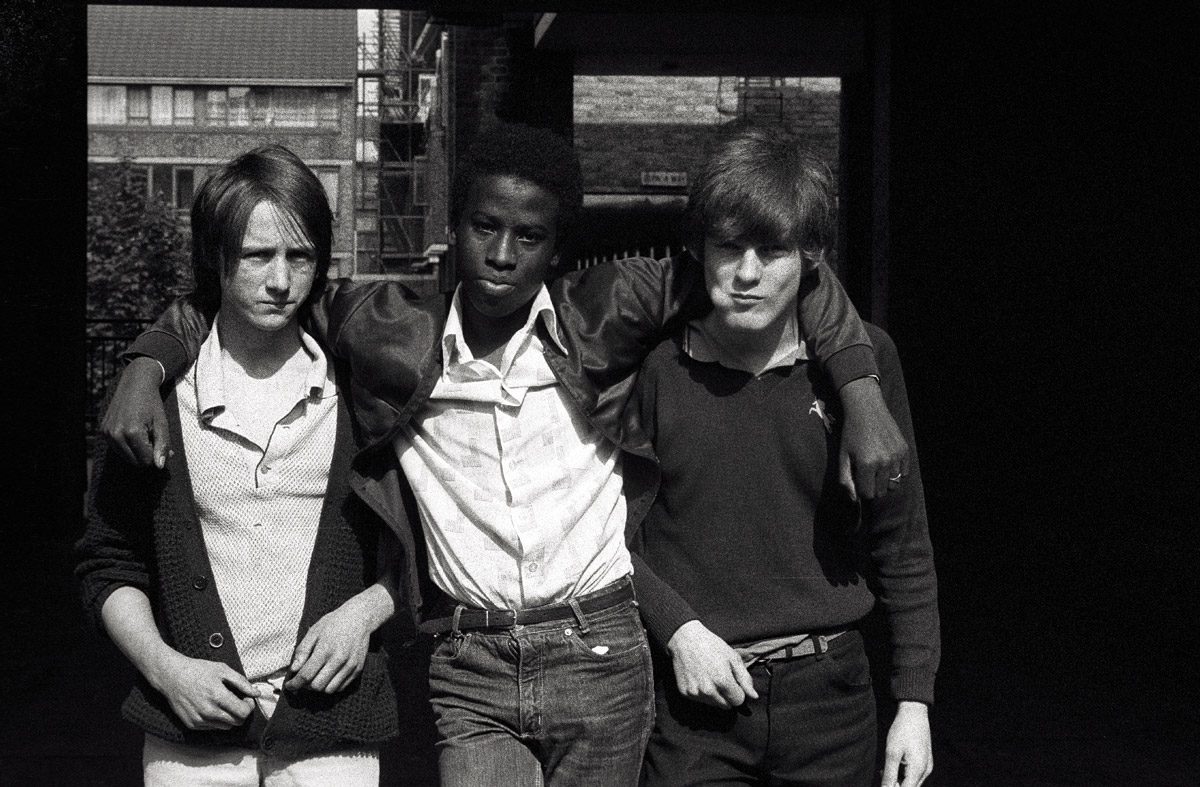
As a teenager, Newell was rarely seen without his camera, an addition that offered him access to places and groups that might otherwise be off limits. He continues: “I tended to move through Peckham’s different constituencies – I was sociable and always keen to make new connections. Being the local photographer was my identity really – it’s how everybody knew me.” There is a roundedness to the exhibition, a sense that Newell has captured all parts of life. It’s a testament to his ability to embed himself within different social settings. He recalls giving equal weight to “Afro-Caribbean groups, musicians (mainly Jamaican), Rastafarians, young people, friends and their parents, neighbours, local politicians, activists, community workers and street hustlers.” The complexities of life are rendered in sharp focus. In one picture, taken on the North Peckham Estate in 1985, a group of young children square up to the lens, their faces a mix of bright smiles and silly expressions. Elsewhere, teenagers dance on lawns in front of boomboxes, pose with their lined up BMXs and stand with arms thrown over each other in a brotherly embrace. This joyfulness is countered with somber shots of mourners at a funeral, dressed in black attire. Meanwhile, Police Officer on Hordle Promenade North is a quiet but pointed reminder of the conflicts that defined much of the decade.
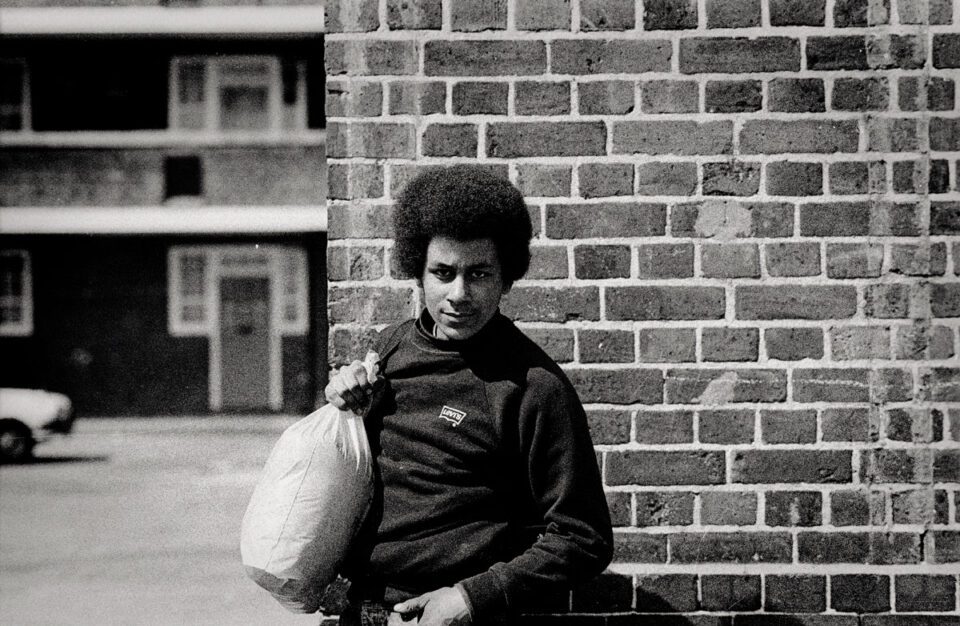
It would be impossible for Newell to traverse the streets of London in the 1980s without encountering political unrest. The decade saw a series of significant protests, fuelled by social and economic inequality. Major riots shook cities like Birmingham, Leeds, Liverpool and London, the result of longstanding tensions with the police finally reaching a head. In 1981, Newell and his brother inadvertently cycled into the midst of one such incident in Brixton. He explains: “That was the first time in my life that I witnessed police brutality and violent struggle. I also got caught up in the Peckham riots that same summer and was arrested and beaten quite badly by cops.” The photographer recorded the aftermath in Self-portrait, Sumner Estate, 1981. Newell stands before a white background, echoing the blank walls of a mugshot. He has a severe black eye, his cheekbone bruised and swollen. He was 16 at the time. In a single image, viewers are reminded of the systematic oppression and brutality Black people faced – alongside other minority groups such as LGBTQIA+ individuals and immigrant groups. Sadly, it’s a lived reality that resonates 40 years later.
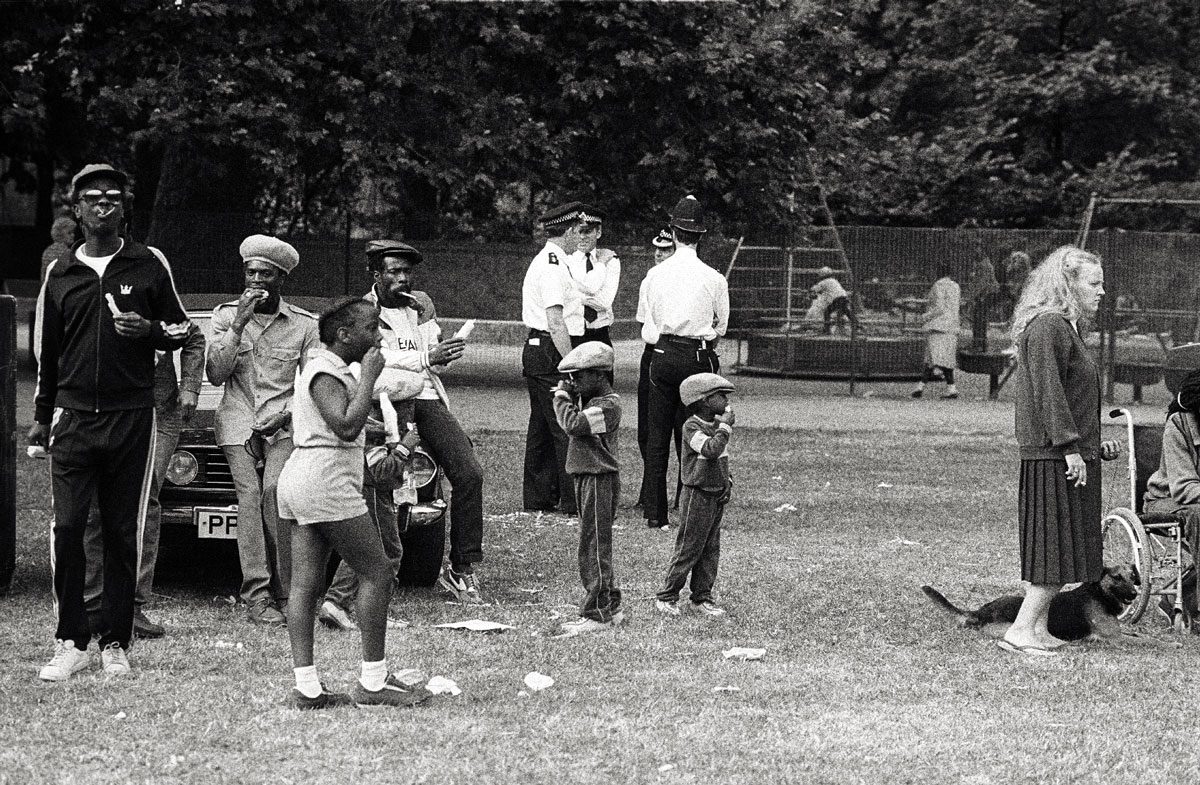
In shining a light on inequality and injustice in Thatcher’s Britain, Newell joined a generation of documentary photographers for whom the lens became a means of activism and resistance. Tish Murtha, for instance, was best known for her images of working-class areas of North East England, laying bare the realities of poverty in the region. Although different in subject matter, Murtha’s shared one key thing with Newell’s – they did not just record experiences of marginalisation, they lived it. Murtha captured the lives of friends and family whilst on a job scheme for the unemployed, whilst Newell’s formative years were shaped by police brutality and racism. Other artists of the era include Roy Mehta, Vanley Burke and Zak Ové, who portrayed their multicultural neighbourhoods, offering a voice to the people around them. Mehta’s subject was the streets, homes, pubs and bars of Brent in northwest London. He said: “People ask me how I was able to walk into all these different communities, but I never thought about it like that. To me it was all one community.” These artists paved the way for contemporary figures like Sam Gregg, Serena Brown and Kavi Pujara – who continue to use photography as a platform for people too often left unheard.
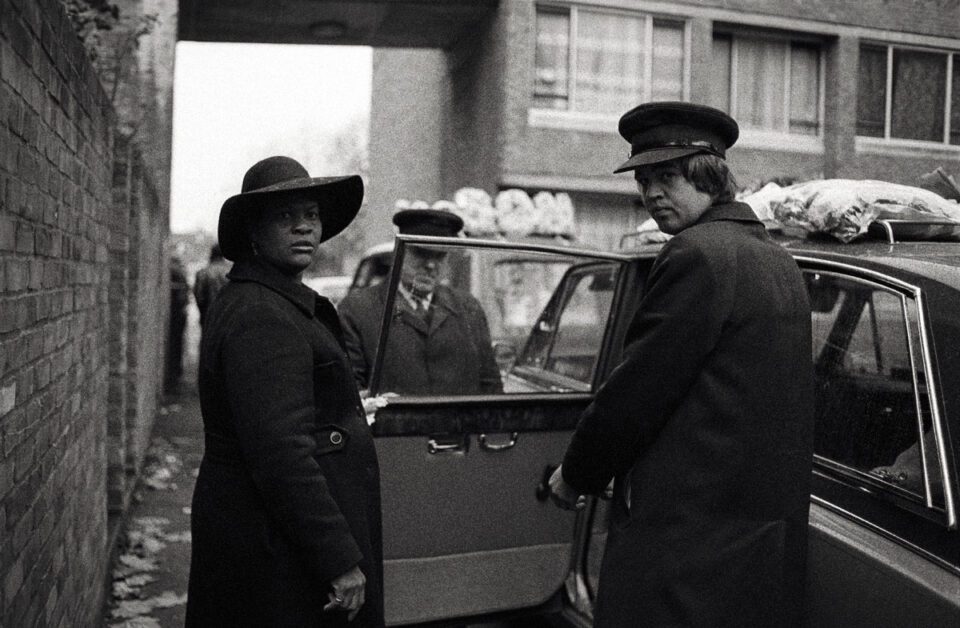
Newell’s works are a visual record of life in Peckham, a vivid chronicle of identity, resistance, joy and community during a tumultuous period in 20th century history. In finally bringing these images to light, Autograph restores visibility to people and places pushed to the margins. This is an important and timely exhibition, inviting audiences into an honest, unfiltered look at everyday life in Peckham, prompting reflection on the social and political forces that shaped – and continue to shape – life in Britain.
Russell Newell: Peckham in the 70s and 80s is available to view at: autograph.org.uk
Words: Emma Jacob
1. Russell Newell, Self-Portrait, North Peckham Estate, 1984. Courtesy the artist. © Russell Newell.
2. Russell Newell, North Peckham Estate, 1984. Courtesy the artist. © Russell Newell.
3. Russell Newell, North Peckham Estate, 1985. Courtesy the artist. © Russell Newell.
4. Russell Newell, Sumner Estate, 1980. Courtesy the artist. © Russell Newell.
5. Russell Newell, Jamaican Independence Day Celebrations, Peckham Rye, 1983. Courtesy the artist.
6. Russell Newell, Funeral, North Peckham Estate, 1983. Courtesy the artist. © Russell Newell.


